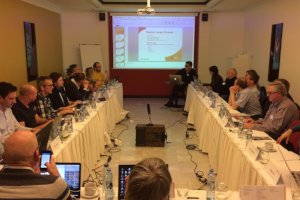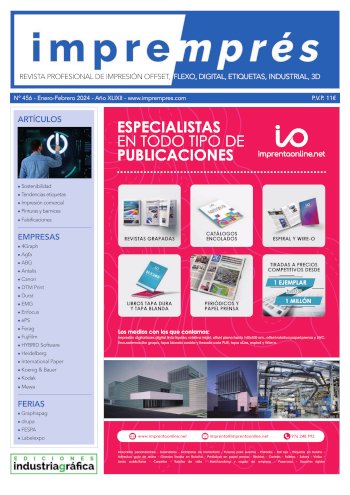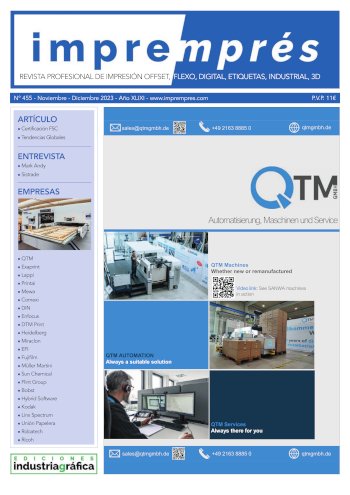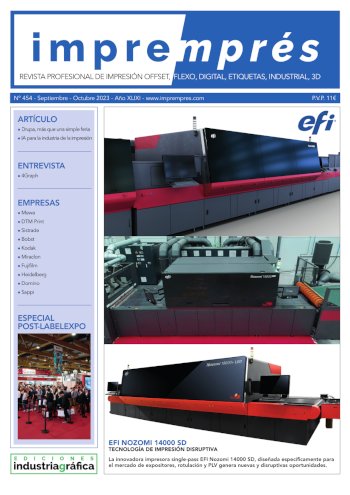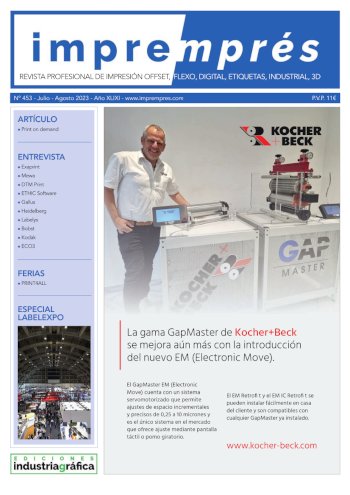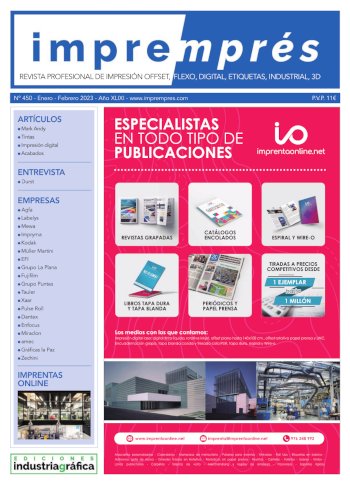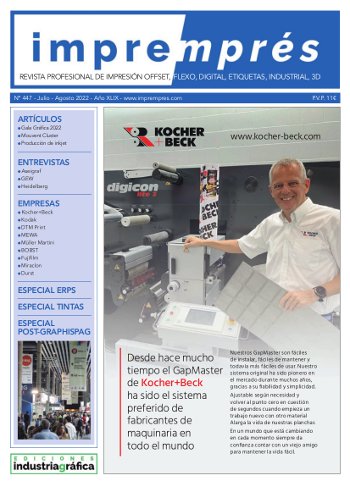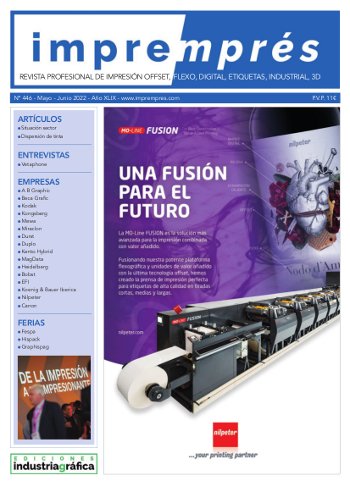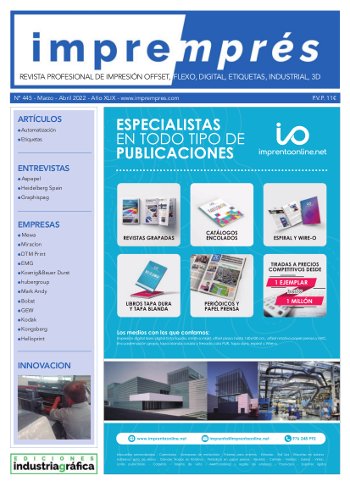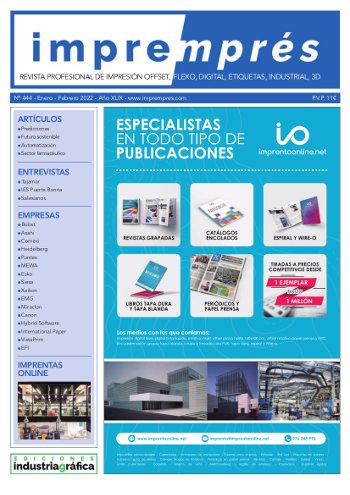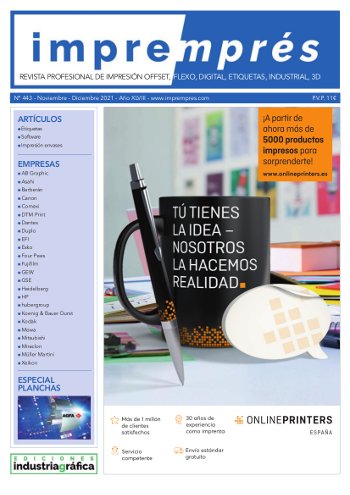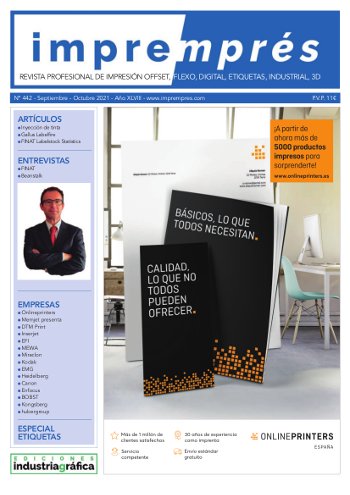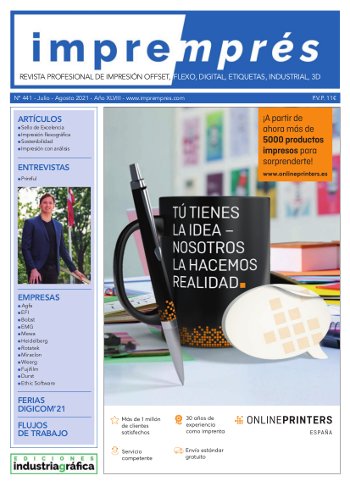The Ghent Workgroup Publishes new White Paper
- Publicado el 14 de Junio de 2018
The Ghent Workgroup has published a new White Paper intended to help designers better understand native transparency – the benefits and challenges - and the use of best practices to avoid common print problems associated with transparencies. The author is Jason Lisi, Associate Professor at Ryerson’s School of Graphic Communications Management in Toronto Canada.
David Zwang, GWG Chairman explains, “We invited Jason to write this White Paper to simply explain the solutions available for some of the more common issues printers and designers are dealing with on a daily basis. Understanding the benefits of using native PDF transparency in print production design, especially when PDF/X 4 files are processed, can help to avoid issues on press.”
 Jason Lisi is a G7 Expert, Documentation Officer for the Ghent Workgroup and is Head of Delegation and Vice Chair of the Standards Council of Canada Mirror Committee (SMC) for ISO TC130. Lisi explains, “With this White Paper we hope to help printers and designers to better understand the benefits and challenges of using native PDF transparency in product production design.”
Jason Lisi is a G7 Expert, Documentation Officer for the Ghent Workgroup and is Head of Delegation and Vice Chair of the Standards Council of Canada Mirror Committee (SMC) for ISO TC130. Lisi explains, “With this White Paper we hope to help printers and designers to better understand the benefits and challenges of using native PDF transparency in product production design.”
Native transparency is a powerful tool that can enhance and streamline the design process. Understanding how to properly employ transparency can avoid costly mistakes all the way down the chain of production. The print and packaging industries have free access to GWG’s tools and resources for the successful use of PDF files for all production environments. In addition to this whitepaper, the Ghent Workgroup has an array of educational materials, tools, and resources available.
The Ghent Workgroup, formed in June 2002, is an international assembly of Industry Associations, Suppliers, Educators and Industry members from around the globe. The Ghent Workgroup’s objective is to establish and disseminate process specifications for best practices in graphic arts workflows.
Since its inception more fifteen years ago, the organization has consistently produced numerous process specifications for PDF exchange, as well as developing useful tools for automating processes and testing workflows to establish consistent PDFs for print and publishing – all available for free at: www.gwg.org.
Members are comprised of graphic arts associations including: CIP4 (Switzerland), CMBO (the Netherlands), ERA (Germany), Febelgra (Belgium), Medibel+ (Belgium), PDFX-ready (Switzerland), Printing Industries of America (USA), UNIIC (France) and VIGC (Belgium).
Vendor members include: Adobe, Agfa, callas software, CHILI publish, Dalim Software, EFI, Enfocus, EngView Systems, Esko, GMG, Heidelberg, Hybrid Software, Kodak, Océ, Ricoh, Quark, Ultimate Technographics, and Xerox IMPIKA. Industry members are: JP/Politikenhus, Litografia Rosés, PB-Consult, Phototype, Pragmeta, Sagamgraphic and Square. Educational members are: Ryerson University, University of Wuppertal, University of Ljubljana and Hochschule der Medien.


